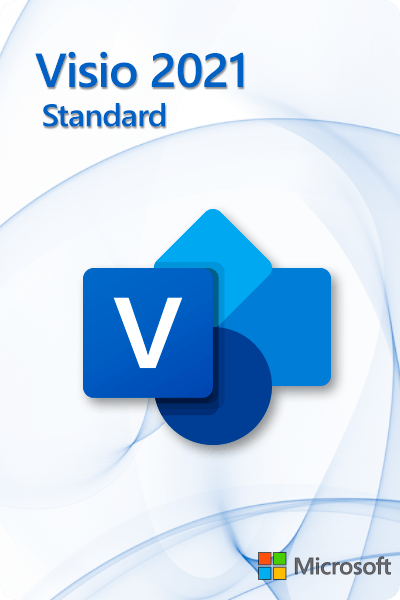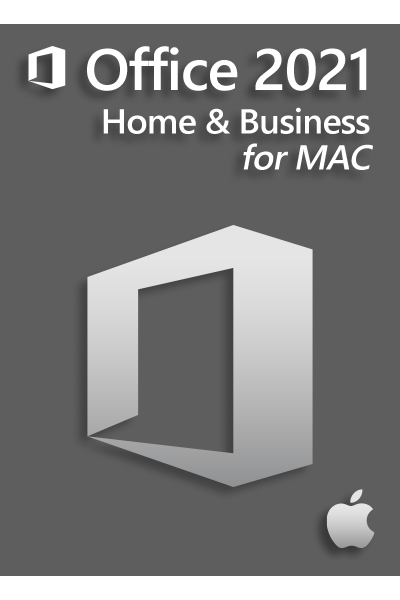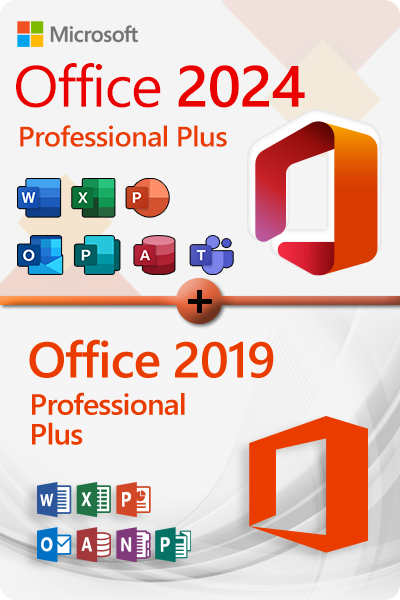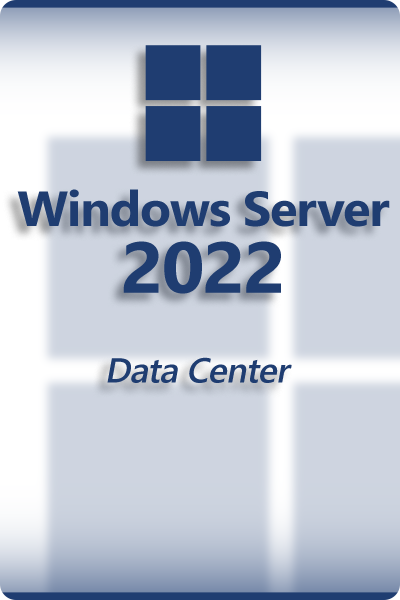Introduction:
Microsoft Windows, a name synonymous with personal computing, has journeyed through decades, shaping the way we interact with technology. From its humble beginnings to its current iterations, Windows has been at the forefront of innovation, constantly evolving to meet the ever-changing demands of users worldwide. Join me on a captivating journey as we delve into the rich history and evolution of Microsoft Windows.
The Birth of an Icon:
It all started in 1985 when Microsoft released the first version of Windows, aptly named Windows 1.0. Although primitive by today’s standards, Windows 1.0 introduced users to a revolutionary concept – a graphical user interface (GUI) that made computing more accessible and intuitive. With features like tiled windows, drop-down menus, and mouse support, Windows 1.0 laid the foundation for future advancements in personal computing.
The Rise to Dominance:
Windows continued to evolve with subsequent releases, each one more sophisticated than the last. Windows 3.0, released in 1990, introduced icons, improved graphics, and multimedia support, catapulting Microsoft to the forefront of the industry. Windows 95, launched in – you guessed it – 1995, was a game-changer, boasting a redesigned interface, built-in internet support, and the iconic Start menu that would become synonymous with Windows for years to come.
The Turn of the Millennium:
As the new millennium dawned, Microsoft ushered in a new era of computing with Windows XP. Launched in 2001, Windows XP was hailed as one of the most stable and user-friendly operating systems of its time. Its sleek design, enhanced security features, and improved performance made it a fan favourite, cementing Windows as the operating system of choice for millions of users worldwide.
The Vista Debacle and Redemption:
However, not all Windows releases were met with universal acclaim. Windows Vista, launched in 2007, was plagued by compatibility issues, sluggish performance, and a plethora of other problems that earned it a reputation as one of Microsoft’s biggest missteps. Fortunately, Microsoft learned from its mistakes and redeemed itself with Windows 7. Released in 2009, Windows 7 was praised for its stability, speed, and overall user experience, reaffirming Microsoft’s position as a leader in the operating system market.
Continued Innovation:
In the years that followed, Microsoft continued to innovate with releases like Windows 8, which introduced a touch-centric interface, and Windows 10, which marked a return to the familiar Start menu while incorporating modern features like Cortana, virtual desktops, and the Microsoft Edge browser.
Looking Ahead:
As we look to the future, Microsoft shows no signs of slowing down. With initiatives like Windows 11, which promises to deliver a more streamlined user experience with enhanced productivity features and a fresh new design, the journey of Windows is far from over. Whether you’re a casual user, a business professional, or a hardcore gamer, Microsoft Windows remains an indispensable part of the digital landscape, continually evolving to meet the needs of its diverse user base.
Conclusion:
The evolution of Microsoft Windows is a testament to the power of innovation and the enduring legacy of a company that has shaped the way we interact with technology. From its humble beginnings to its current iterations, Windows has been at the forefront of personal computing, constantly pushing the boundaries of what is possible. As we embark on the next chapter of the Windows saga, one thing is certain – the journey is far from over, and the best is yet to come.







